Welcome to the vibrant world of Biscayne National Park, where the beauty of nature takes flight in the form of an incredible array of bird species! Whether you’re an avid birdwatcher, a nature enthusiast, or simply someone who appreciates the wonders of the natural world, this article is your gateway to discovering the feathered inhabitants that call this coastal paradise home.
The Birds of Biscayne National Park are a testament to the rich biodiversity in this unique ecosystem. Join nationalparkshops’s team as we embark on a captivating journey through the skies and shores of Biscayne, where every glance upward reveals a new story of avian splendor. Get ready to be enchanted by the symphony of colors, shapes, and songs that make up the avian tapestry of Biscayne National Park!
Where are the major bird-watching attractions at Biscayne National Park?
Boca Chita is Biscayne National Park’s most visited island, renowned for its diverse birds of Biscayne National Park and the historic lighthouse that draws many visitors.
The park’s largest island, Elliott Key, offers a serene escape for those seeking tranquility. Once home to a vibrant community of pineapple farmers, wreckers, and spongers, Elliott Key now invites visitors to hike, picnic, camp, and observe wildlife. The island is also home to the Israel Lafayette Jones farm and old home, a recognized historical site, while nearby Jones Lagoon provides opportunities for paddling adventures.
The park’s Maritime Heritage Trail offers an unforgettable snorkeling experience, showcasing the remnants of historic shipwrecks beneath the waves. To the north of the park lies Stiltsville, where submerged lands are marked by the iconic stilt houses built in the 1930s, standing as a testament to the region’s unique past.
>> Best time to visit Biscayne National Park

List 8 Popular birds of Biscayne National Park
Loggerhead Shrike
Loggerhead Shrikes are striking birds of Biscayne National Park with a white underbelly and distinctive gray and black markings on their head and wings. Their hooked bill, equipped with tiny teeth, helps them catch and handle prey.
While their population in the northeastern United States has significantly declined, they remain common in other regions. These birds prefer habitats like trees, scrub, and semi-open areas, often using utility poles and fence posts as perches to hunt.
Their diet consists of large insects, lizards, and small birds, and they have a unique habit of saving food for later by impaling it on barbed wire or thorns. Loggerhead Shrikes typically build their nests in thorny shrubs or trees, laying 5 to 6 eggs. Migration occurs early in the spring, though southern populations often remain year-round residents.
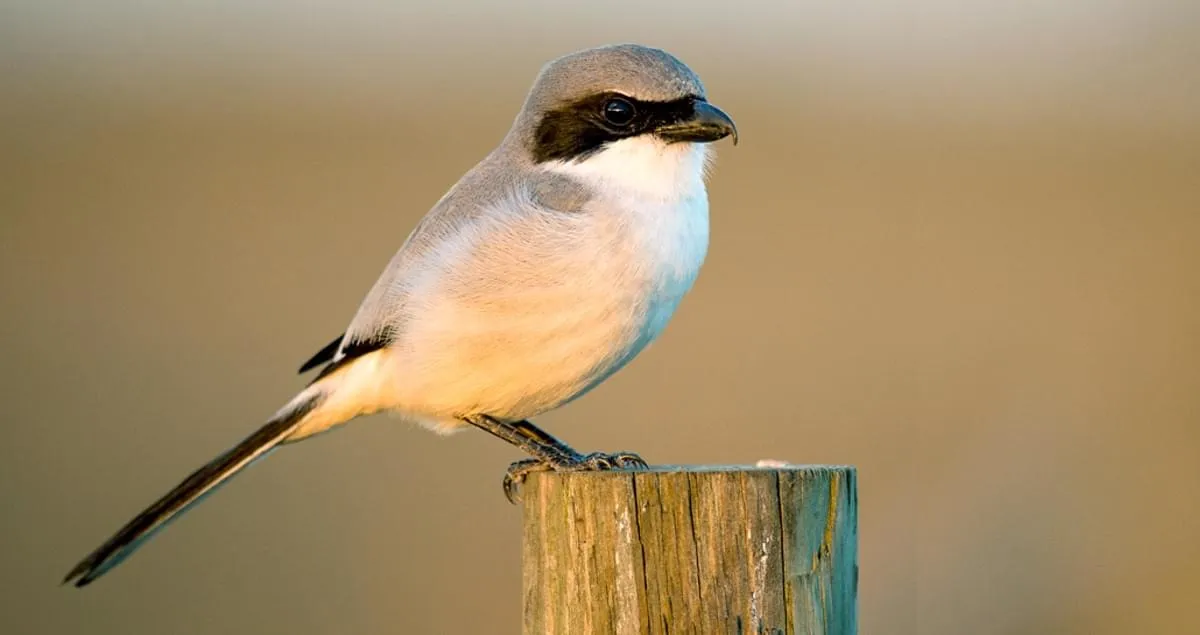
Yellow-crowned Night-Heron
Yellow-crowned Night-Herons are short, stocky birds of Biscayne National Park with gray plumage, a black head, white cheeks, and yellow legs. These herons are commonly found in coastal estuaries along the southeastern shoreline, with a stable population that has shown some recent expansion.
They inhabit bayous, streams, and swamps, where they primarily feed on crabs and crayfish. Known for their migratory patterns, Yellow-crowned night herons travel south for the winter, with some reaching as far as Panama.

>> Animals in Biscayne National Park
Eastern Kingbird
Eastern Kingbirds are striking birds with black upperparts, white underbellies, and distinctive white-tipped tails, giving them a sleek, “suited” appearance. Characterized by their large heads and broad shoulders, these birds of Biscayne National Park are native to eastern North America.
While their population has declined in recent years, Eastern Kingbirds are not currently considered endangered. They commonly reside on farms, in orchards, and along woodland edges. Their diet consists of flying insects and berries, and they are known to nest in unique spots, such as atop fence posts, laying 3 to 4 eggs per clutch. As long-distance migrants, these birds spend their winters in South America.

Peregrine Falcon
Peregrine Falcons are remarkable birds of prey, easily recognized by their blue-gray plumage and spotted underbellies. Found across North America, they inhabit open landscapes and coastal mountain regions.
Once facing significant population declines, peregrine falcons’ numbers have rebounded and are now stable and growing. They primarily feed on other birds of Biscayne National Park, including ducks, pigeons, and songbirds. Known for their incredible speed, they are among the fastest birds, reaching up to 200 mph during their hunting dives.
These falcons often nest on cliff ledges, laying 3 to 5 eggs, and migrate along coastlines, sometimes venturing out to sea. Additionally, they are frequently trained by humans for hunting due to their agility and power.
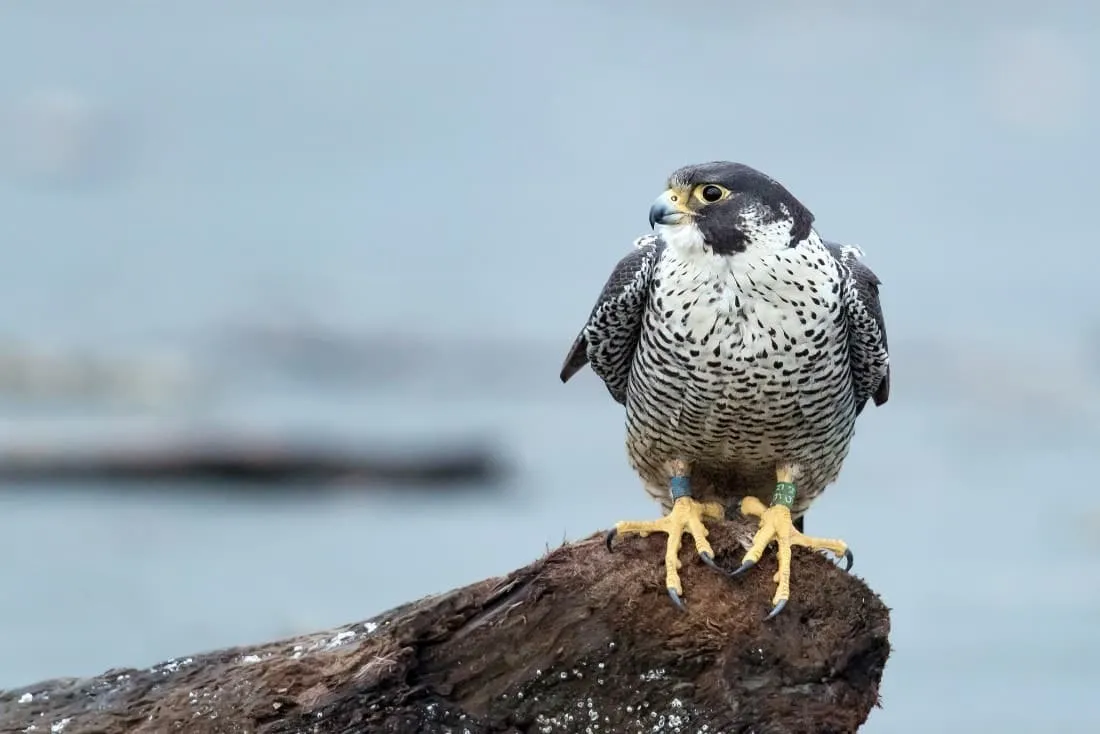
>> Facts about Biscayne National Park
Northern Mockingbird
Northern Mockingbirds are medium-sized songbirds with gray bodies, white underbellies, and distinctive black and white markings on their wings. These birds are common throughout the United States and have experienced a population increase, remaining far from being endangered. They are often spotted in backyards, foraging on freshly cut lawns.
Known for their melodious and persistent singing, these birds of Biscayne National Park vocalize throughout the day. Their diet consists primarily of insects and berries. Northern Mockingbirds build their nests in trees or shrubs, typically 3 to 10 feet above the ground, and lay 3 to 4 eggs. While their migration patterns are not well understood, some individuals are believed to migrate south during the winter months.
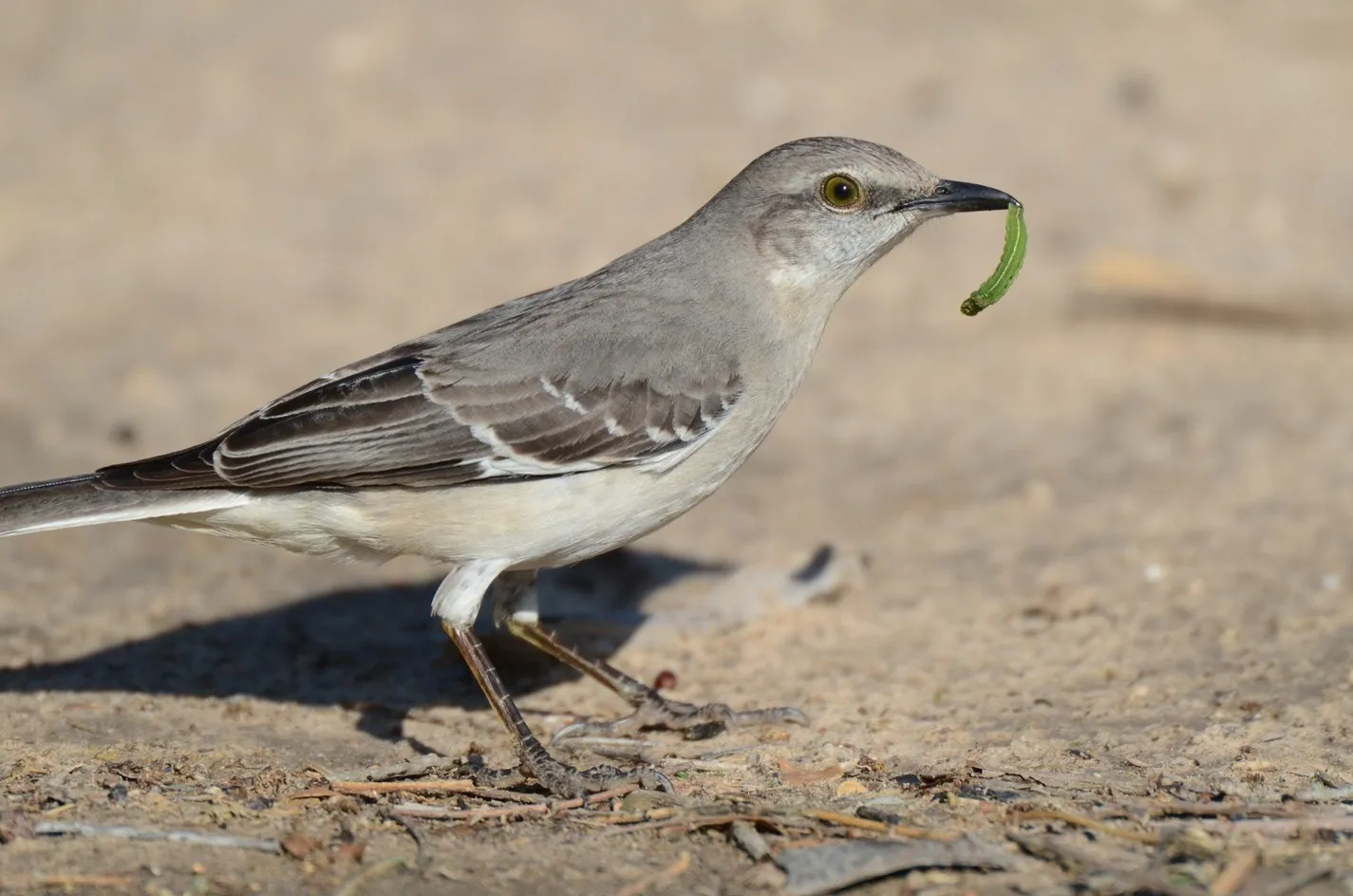
>> Biscayne National Park History & Culture: Learn About More
Turkey Vulture
Turkey Vultures are large birds of Biscayne National Park with dark brown and black plumage and distinct bright red heads. They can be found across North America, where their population remains stable and they are not at risk of endangerment.
These vultures prefer open country and wooded areas as their habitats. Known for their excellent sense of smell, Turkey Vultures are adept at locating fresh carcasses, often spotted along highways or in the countryside. In flight, they display a characteristic V-shaped wing posture.
They lay two eggs, but rather than building traditional nests, they use natural shelters such as hollow logs, rock crevices, or old buildings. Some Turkey Vultures migrate to South America during the colder months.

Black Vulture
Black Vultures are dark-colored birds with all-black plumage, except for the small white spots under their wingtips. They are found across eastern North and South America. Although their population has declined, particularly in the southeastern regions, they are not considered endangered.
Black Vultures prefer open country habitats and tend to avoid mountainous areas. Unlike Turkey Vultures, they have a limited sense of smell and often rely on following Turkey Vultures to locate animal carcasses. These vultures lack a voice box, so they are silent birds. These birds of Biscayne National Park lay two eggs and build their nests in hollow logs, trees, or caves. In winter, they migrate in small groups.

>> Best Biscayne National Park Tours: Reviews Detailed Experience
Brown Pelican
Brown Pelicans are large birds with dark bodies and distinctive oversized bills. These coastal birds of Biscayne National Park are found along the southern coasts of the United States. Once endangered, their populations have rebounded thanks to successful conservation efforts.
Brown Pelicans prefer habitats on beaches and near oceans. They feed by diving from great heights into the water to scoop up small fish. These pelicans typically lay about three eggs and nest in colonies. They migrate along the coastline, heading south for the winter months.

Top 5 Bird Watching Binoculars
Swarovski NL Pure 10×42
- Age Range (Description): Adult
- Special Feature: Slip Resistant
- Objective Lens Diameter: 42 Millimeters
- Magnification Maximum: 10x

For birding enthusiasts, these binoculars are an essential investment. Offering top-tier optics, they deliver impressive clarity, true-to-life colors, and superior contrast with no chromatic aberration. The sharpness is exceptional, even in low light, while the vast 139m@1000m field of view ensures you won’t miss any details. With well-crafted accessories, including a detachable forehead rest, these binoculars offer a seamless and enjoyable experience for both your eyes and hands.
Zeiss SFL 8×40
- Age Range (Description): Adult
- Special Feature: Compact Design
- Objective Lens Diameter: 40 Millimeters
- Magnification Maximum: 8x
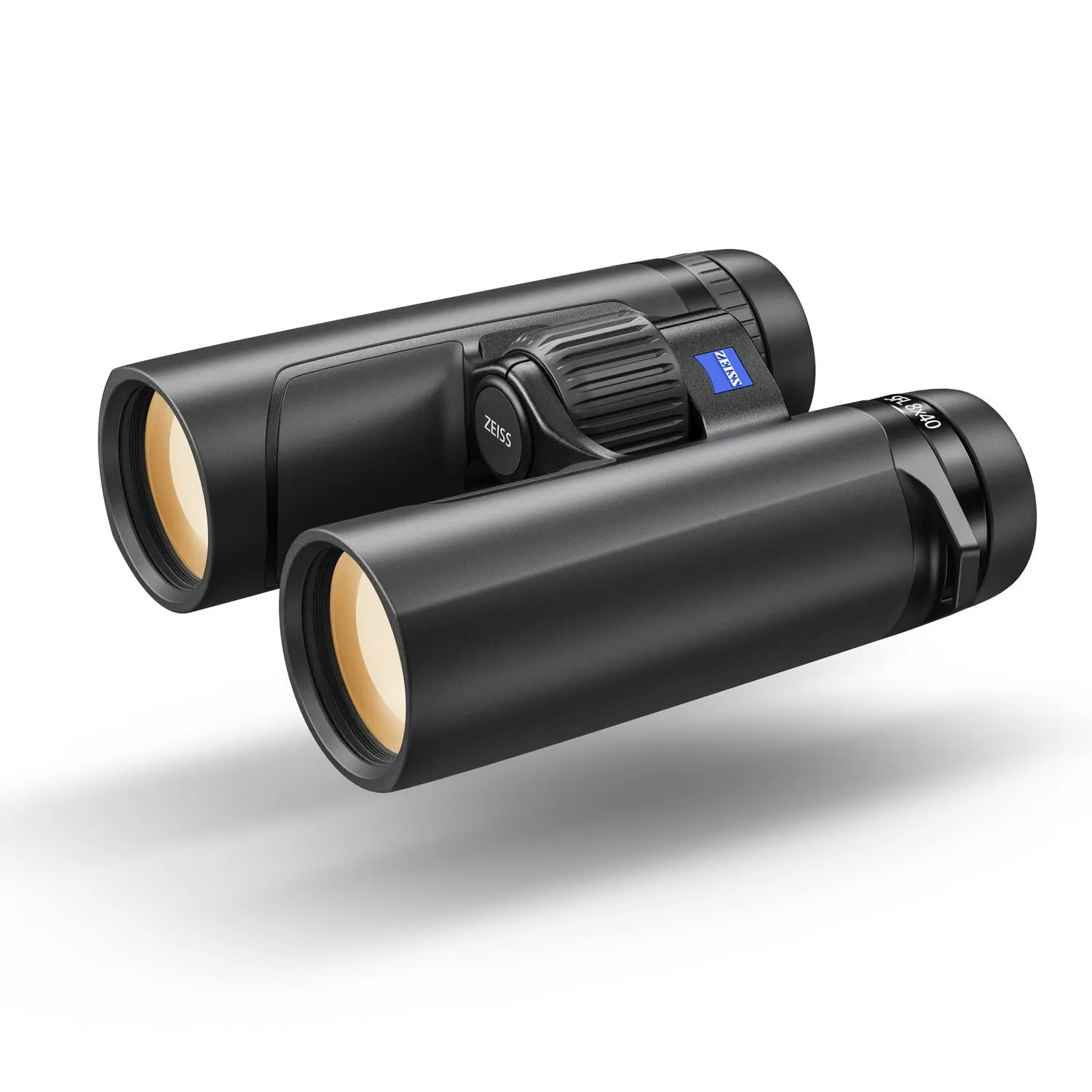
If you’re looking for premium binoculars at a much more affordable price, the SFL 8x40s are in a class of their own. Perfect for those ready to step up to binoculars that can last a lifetime, these offer bright, natural images with minimal color fringing and a wide field of view at 140m@1000m. Their performance rivals that of Zeiss’s high-end SF 8x42s, but with key advantages.
Notably, the SFL 8x40s boast a close focus of just 1.5m, and they’re 150g lighter, making them exceptionally well-balanced and easy to handle. With their impressive optics and user-friendly design, they are poised to be a game-changer for many birders looking for both quality and comfort in a lightweight, compact package.
>> The 10 Best Climbing Headlamp for Traveler: Tested 2024
Bushnell Forge 10×42
- Age Range (Description): Adult
- Special Feature: Compact Design
- Objective Lens Diameter: 42 Millimeters
- Magnification Maximum: 10x
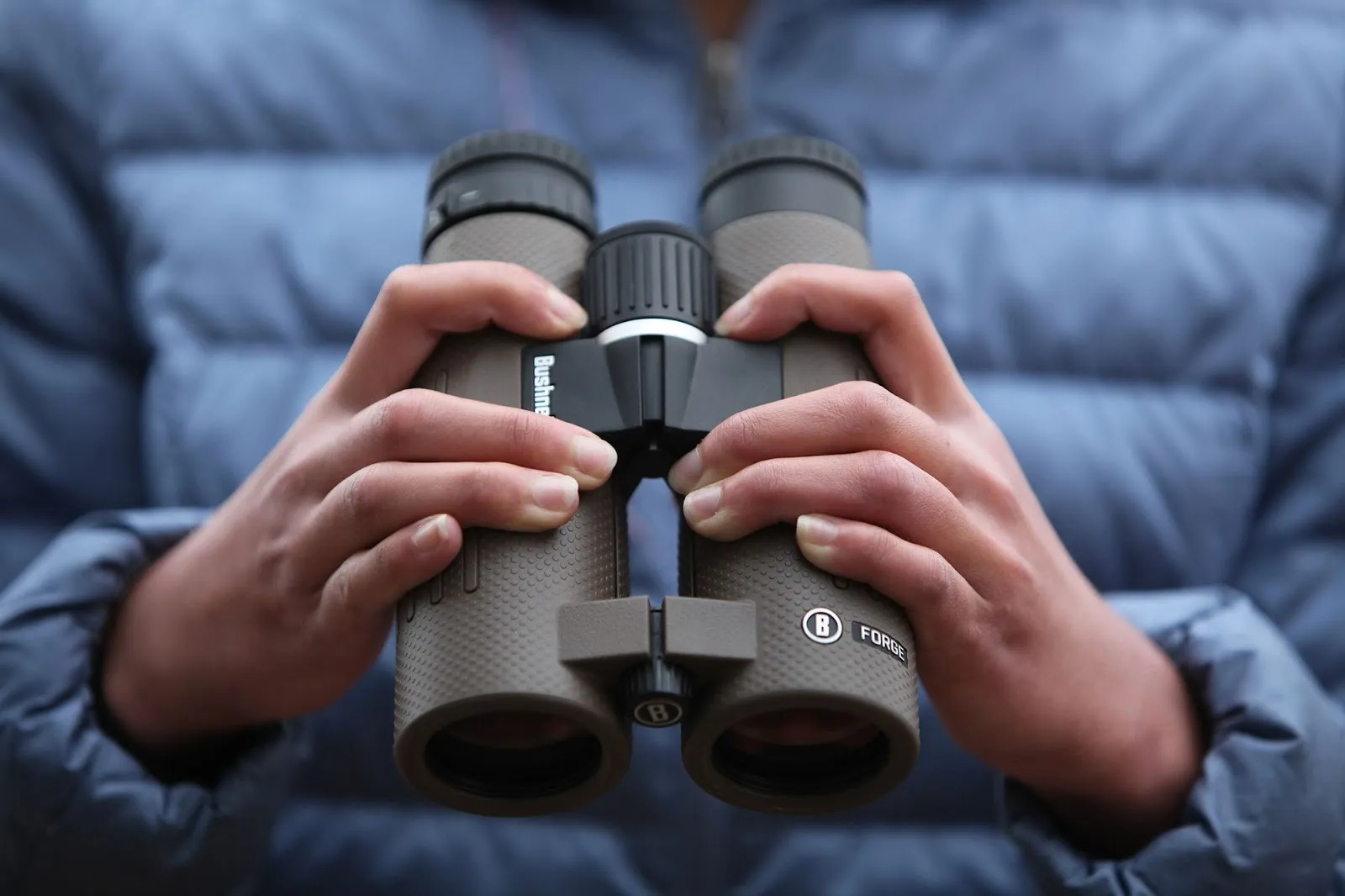
If you’re ready to upgrade from beginner binoculars but don’t want to overspend, Bushnell’s Forge range offers excellent value. Known for their solid build and reliability, these binoculars provide impressive optical performance for all-around use.
The user-friendly open bridge design, coupled with thoughtful details like a wide, well-ridged focus wheel, ensures they’re comfortable to handle. The optics deliver a crisp, bright, and natural image, though the increased magnification does reduce the field of view.
Nikon Monarch M7+ 8×30
- Age Range (Description): Adult
- Special Feature: Compact Design
- Objective Lens Diameter: 30 Millimeters
- Magnification Maximum: 8x
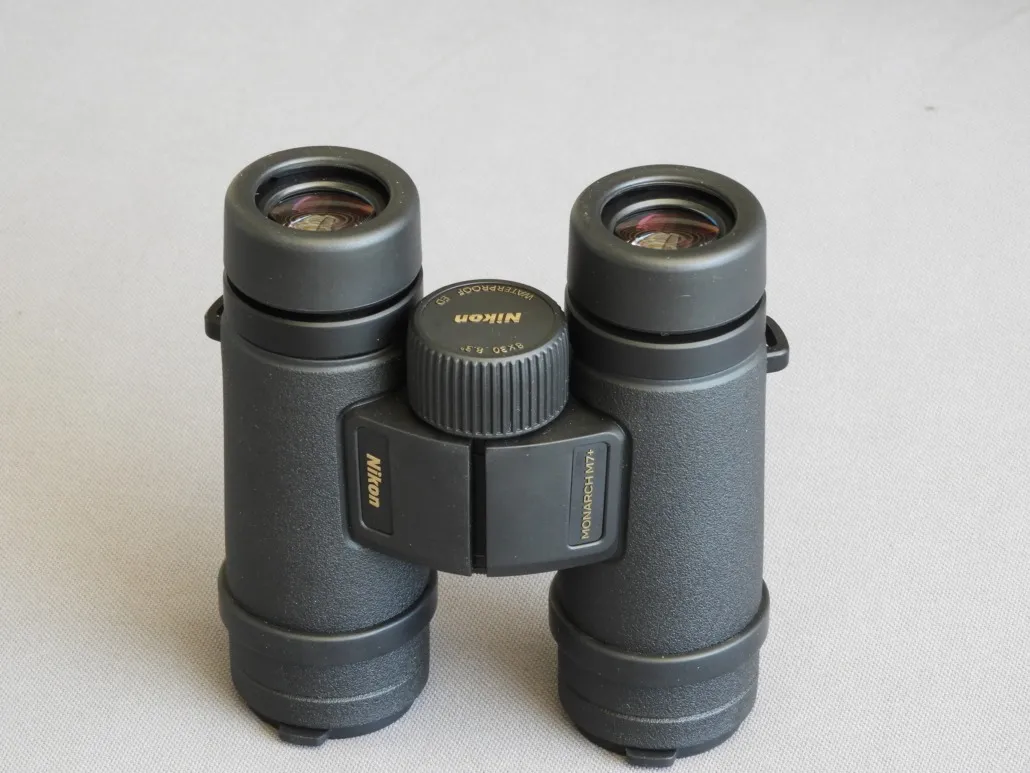
As optical technology continues to advance, binoculars with smaller objective lenses are becoming a viable option for all-around birding. These binoculars are a perfect example of that trend, offering impressive optical quality in a compact, lightweight design. They’re ideal for birdwatching on the go – whether you’re walking, biking, or exploring nature.
They also perform well in low-light conditions, making them versatile enough for different environments. Best of all, these binoculars are offered at an affordable price point, especially considering they come from one of the leading names in optics.
Hawke Frontier ED X 8×42
- Age Range (Description): Adult
- Special Feature: Portable, Lightweight
- Objective Lens Diameter: 42 Millimeters
- Magnification Maximum: 1x

ED glass (sometimes referred to as HD) provides superior optics—brighter, sharper images with significantly reduced chromatic aberration. While it does come at a higher price, finding a pair of binoculars that incorporates ED glass and offers exceptional all-around performance, especially for those just starting out in birdwatching.
>> 10 Best Flashlight of 2024 For Explore National Park (Tested)
Conclusion
As our journey through the avian wonders of Biscayne National Park comes to a close, we hope you’ve been inspired to explore and appreciate the incredible diversity of birdlife that calls this coastal haven home. The birds of Biscayne National Park are not just a sight to behold; they are a vital part of the park’s rich ecosystem, playing crucial roles in maintaining the delicate balance of nature. So, the next time you find yourself under the open skies of Biscayne, take a moment to look up, listen closely, and let the symphony of birdsongs guide you to a deeper connection with this remarkable place!
>> Read More:

